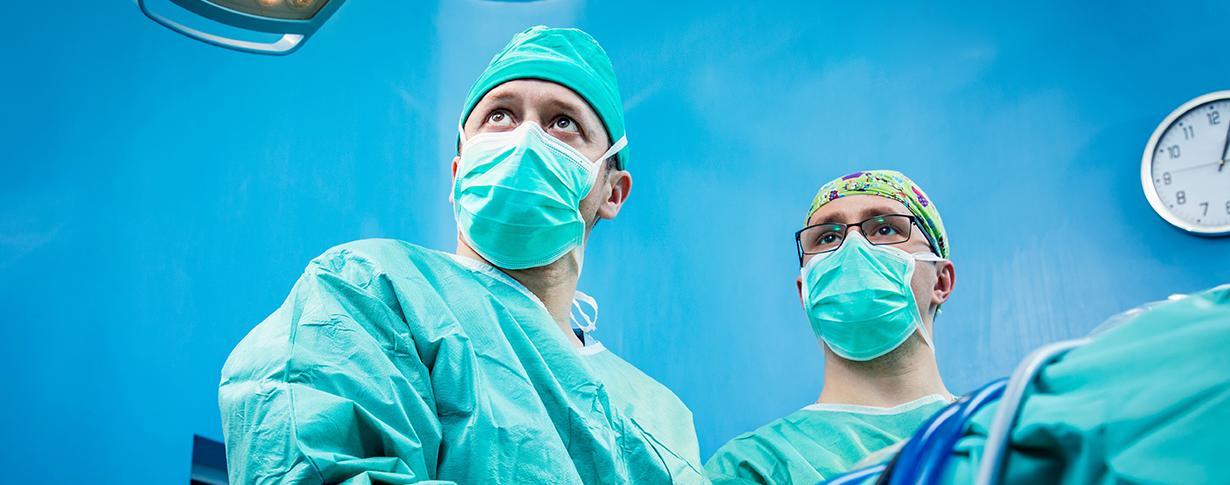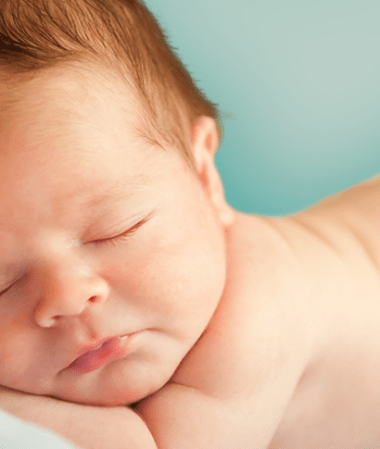Endoscopy / Gastroscopy / Colonoscopy / Capsule Endoscopy
Endoscopy:
The process of imaging the hollow organs with the help of a bendable instrument with a lighted camera on the tip is called endoscopy. We call the examination of the esophagus, stomach and duodenum by entering through the mouth as gastroscopy, and the examination of a part of the large intestine and small intestine is called colonoscopy.
gastroscopy; esophagus today; It is used as the most sensitive method in the diagnosis of diseases of the stomach and duodenum. Endoscopy is widely used for diagnosis as well as for therapeutic purposes.
How should the preparation for endoscopy be?
Starting approximately 7-8 hours before the procedure, nothing should be eaten or drunk.
After a good examination and a detailed anamnesis, patients who are planned to undergo gastroscopy should also be questioned about their co-morbidities and medications. Some drugs need to be discontinued for a while before the procedure.
To whom should:
WHO recommends one gastroscopy to all patients after the age of 45, with or without complaints. In colonoscopy, the age was determined as 50 years. Besides these;
- difficulty swallowing,
- Difficulty swallowing solid and liquid foods
- painful swallowing,
- A feeling of being stuck when swallowing foodstuffs,
- Souring and burning that does not go away with medical treatment,
- Bloating, pain in the upper abdomen
- treatment-resistant anemia,
- Sudden and rapid weight loss of unknown cause,
- Vomiting of coffee grounds or red blood
- The color of ablution is tar-colored,
- Bitter water in the mouth,
- Nausea and vomiting of unknown cause.
Gastroscopic interventions for therapeutic purposes
1-Treatment of varicose veins
2-Treatment of non-variceal gastric bleeding
3-Expansion of esophagus and stomach strictures
4-Removal of stomach polyps and early stage gastric tumors
5-Stent placement procedures in occlusive esophagus and stomach tumors
6- One of the most common procedures, such as placing a tube into the stomach for feeding purposes (PEG), can be successfully applied.
Colonoscopy:
Colonoscopes are more flexible than gastroscopes, with an average length of 130-170 cm and a diameter of 11-14 mm.
Who gets a colonoscopy;
1-To diagnose inflammatory bowel disease
2-Determining the efficacy of treatment in IBD
3-Unexplained Fe deficiency anemia
4- In the bleeding of the digestive system (Bloody stool, Black stool, occult blood in the stool +)
5-In chronic diarrhea of unknown cause
6-Cancer research
7-Malignancy follow-up
8- Having a family history of cancer and polyposis syndromes
therapeutic use
1. Polypectomy and removal of early stage tumors,
2. Stenting in occlusive tumors
3. Intervention in bleeding originating from the large intestine
4-Hemorrhoid band ligation
5- Marking the location of tumors
6-Correction of intestinal knotting
7-Processes such as removal of foreign body are carried out.
How is it done?
Colonoscopy is usually done without hospitalization. Except for emergencies, patients are processed by performing bowel cleansing a day or two before. The patient’s complaints, all tests performed, previous diseases, medications used, and surgeries are carefully questioned. Colonoscopy procedure is explained to the patient in detail by the physician.
After these preparations are made, the patient is positioned and drugs that provide sedation are administered. Sedation is used to prevent the patient from feeling pain during the colonoscopy procedure. Medicine (buscopan) can also be used for intestinal relaxation. With the effect of the drugs given, the patient goes into sleep. A complete anesthesia is not applied unless it is very necessary.
Capsule Endoscopy
It is an imaging method using a small wireless camera to take pictures of the digestive system.
Traditionally, Endoscopy allows viewing of the stomach, duodenum, large intestine and part of the small intestine with a thin flexible instrument with a light camera at the end, advanced through the mouth or anus. In the capsule endoscopy method; The procedure begins with swallowing a capsule the size of a vitamin capsule, accompanied by water, this method allows the monitoring of areas that cannot be visualized by traditional endoscopic methods.
Capsule Endoscopy is also used to detect colon polyps in colonoscopies that cannot be performed or completed for certain reasons.
– In the bleeding of the digestive system, the cause of which cannot be found; in order to determine the location of bleeding,
-Inflammatory Bowel Disease (Crohn’s Disease); in the diagnosis of the disease , -In
the diagnosis of small intestine and digestive system cancers, -In the diagnosis of
Celiac Disease; In Gluten Enteropathy; Capsule Endoscopy is used in the diagnosis of the disease and in the follow-up of the treatment
– in hereditary familial syndromes that may cause the development of polyps in the small intestine, and in the screening of small intestinal polyps.
Capsule Endoscopy can also be performed in the presence of an uncertain, suspicious disease originating from the small intestine detected in the results of any imaging modality.
Capsule Endoscopy is a safe method with very little risk. The capsule is excreted naturally from the digestive system in approximately 72 hours. Eating and drinking should be stopped for at least 12 hours before Capsule Endoscopy. In some cases, it may be necessary to give a laxative (laxative) to increase the image quality of the pictures taken from the digestive system. Liquid foods can be taken 2 hours after the capsule is swallowed, and soft solid foods can be taken approximately 4 hours later.
Capsule endoscopy is usually terminated within 8 hours or by fecal excretion of the capsule. The capsule can be thrown out within hours, or it may take a few days. During this time, thousands of photographs are taken and recorded as the capsule passes through the digestive system. Thanks to the newly developed capsules, 360-degree images can be taken, and no extra accessory is required to be attached to the body for recording.
After the images taken from the digestive system are evaluated by a specialist team, the results can be communicated to the patients within a few hours.







